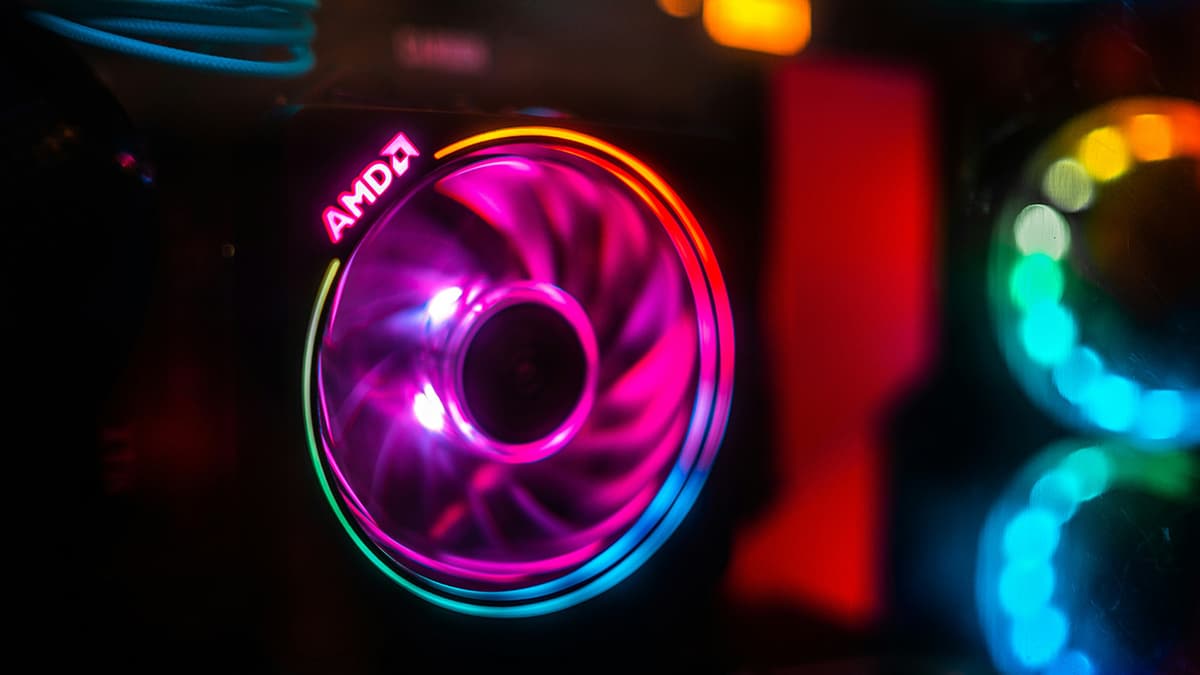IPv4 vs IPv6: The Future of Internet Protocols
The Internet is a vast digital universe, but it has limitations. This brings us to the discussion of IPv4 and IPv6, two Internet Protocol versions that are key to web functionality.
IPv4, or Internet Protocol version 4, has been the backbone of the Internet since its early days. It uses 32-bit addresses, allowing for around 4.3 billion unique IP addresses. While this number seemed sufficient in the past, the surge in internet-connected devices – from smartphones to smart appliances – has led to a depletion of available addresses.
IPv6 addresses this issue with its 128-bit addresses, offering a staggering 340 undecillion IP addresses. This tremendous increase in address space is crucial for accommodating the Internet of Things (IoT), where numerous devices connect to the Internet.
Comparing Address Sizes
An IPv4 address resembles a home address in a small town with limited space. In contrast, an IPv6 address is like a coordinate for a star in the universe, providing vast room for growth.
Technical Improvements in IPv6
IPv6 introduces several technical benefits over IPv4. It simplifies packets, which are essential to internet communication. The IPv6 packet header is streamlined, enabling quicker processing by routers.
Additionally, IPv6 enhances security. It was designed with IPsec, providing a layer of encryption and authentication that was only optional in IPv4. This built-in security allows devices using IPv6 to authenticate and encrypt their traffic by default.
Transition from IPv4 to IPv6
Moving from IPv4 to IPv6 is necessary but presents challenges. This migration requires significant effort from internet service providers, businesses, and users. Although IPv6 has existed for many years, many still rely on IPv4, primarily due to the costs and complexities of updating the Internet's infrastructure.
To ease the transition, both protocols often run in parallel through a process called dual stacking. This enables devices to use both IPv4 and IPv6, though it can complicate communication.
Impact on Users and Companies
For everyday Internet users, the shift from IPv4 to IPv6 typically occurs behind the scenes. Most modern operating systems and devices are already IPv6 enabled, waiting for broader network support.
On the corporate side, major tech companies have recognized the need for IPv6 to accommodate future growth. Organizations that transition to IPv6 may experience enhancements in network performance and security.
The Future of the Internet
The introduction of IPv6 opens up a new dimension for the Internet, vastly expanding available address space. As engineers and companies prepare for this change, the possibilities for innovation are immense.
IPv4 and IPv6 are not just technical terms; they represent the foundation of the Internet’s functionality and future. IPv6 addresses the limitations of IPv4, and while the transition remains gradual, it is progressing. Eventually, IPv6 will become the standard, eliminating concerns about the exhaustion of IP addresses.
The narrative of IPv4 versus IPv6 is a critical part of technological evolution, paving the way for a more connected and secure Internet.












